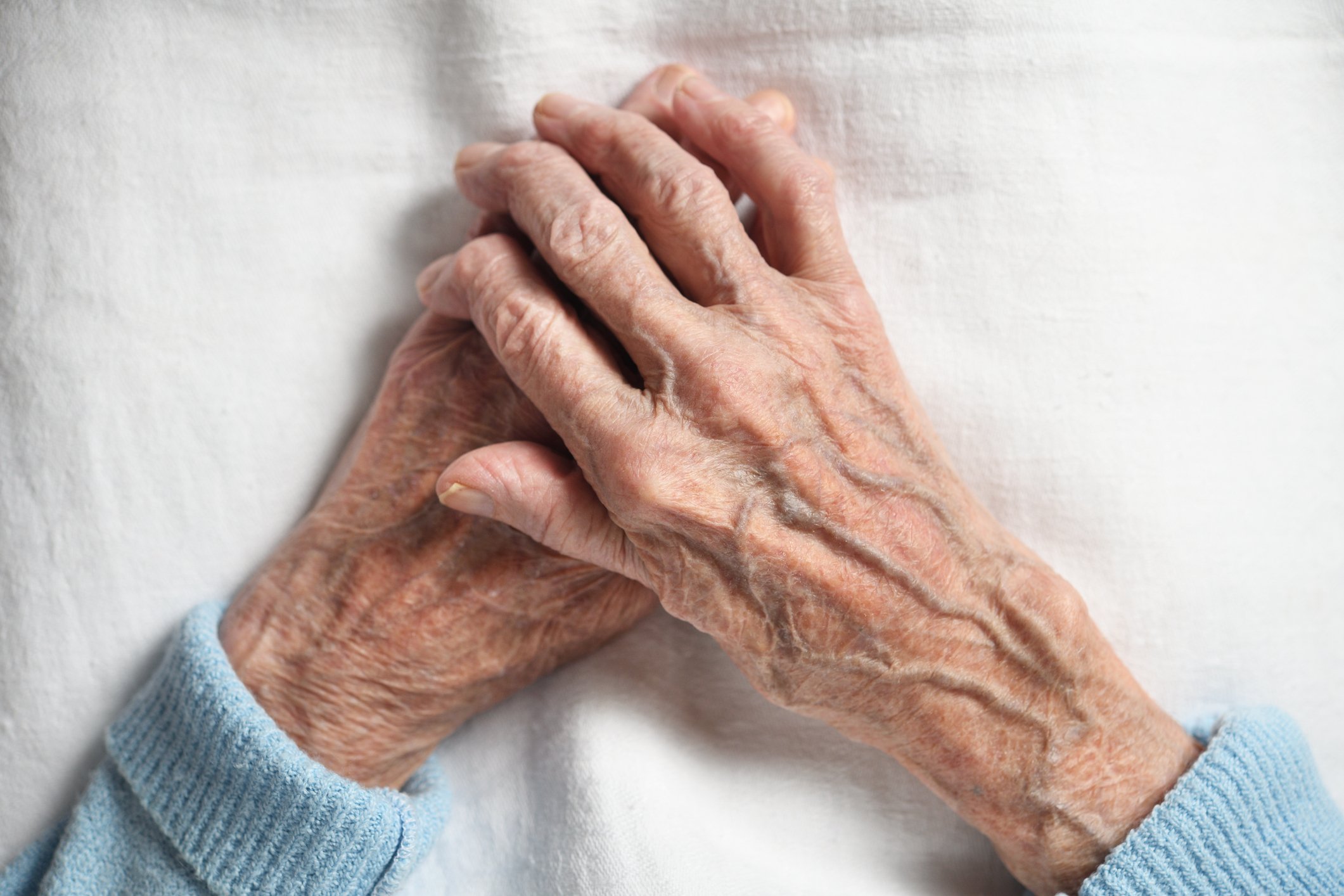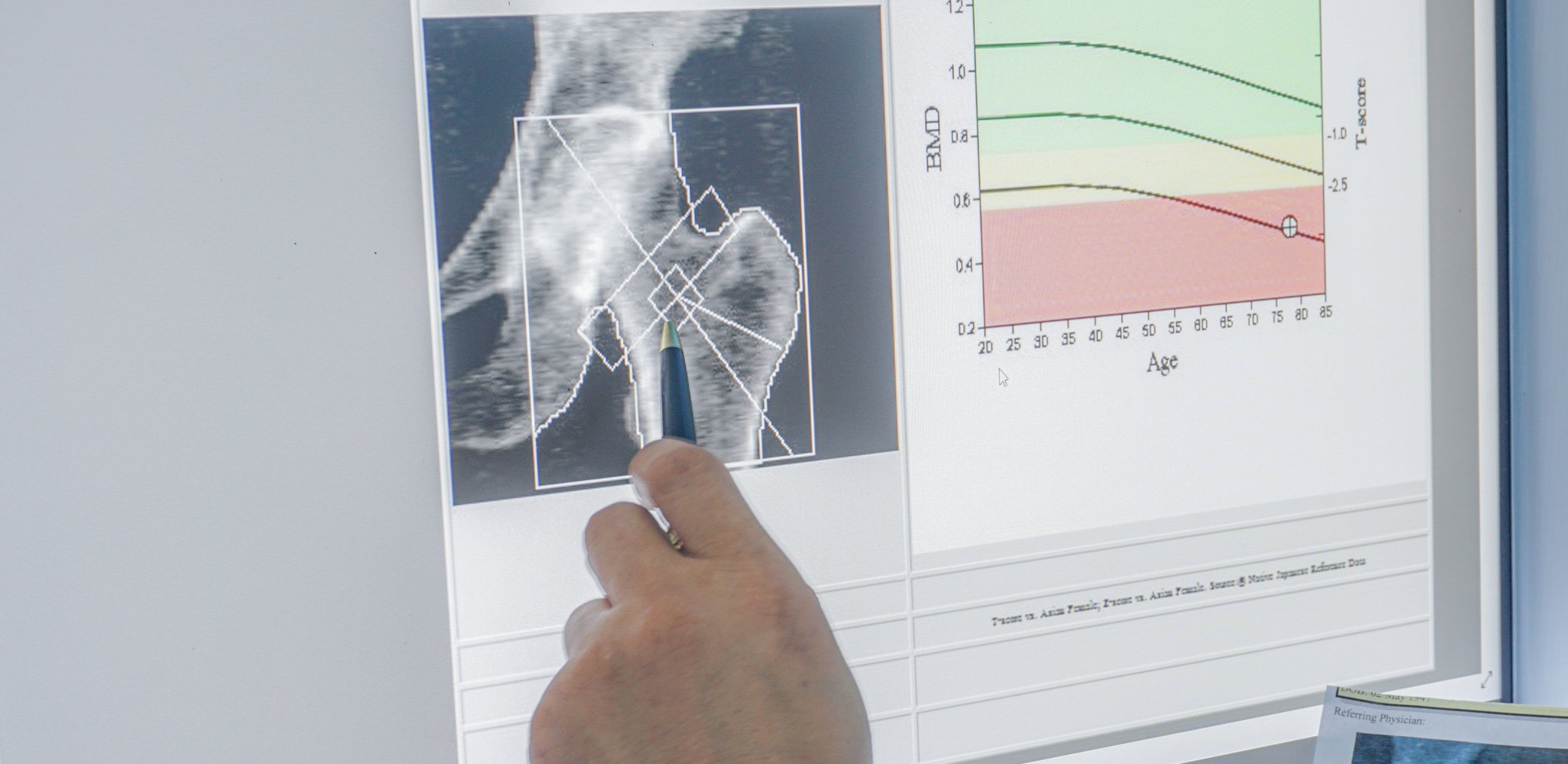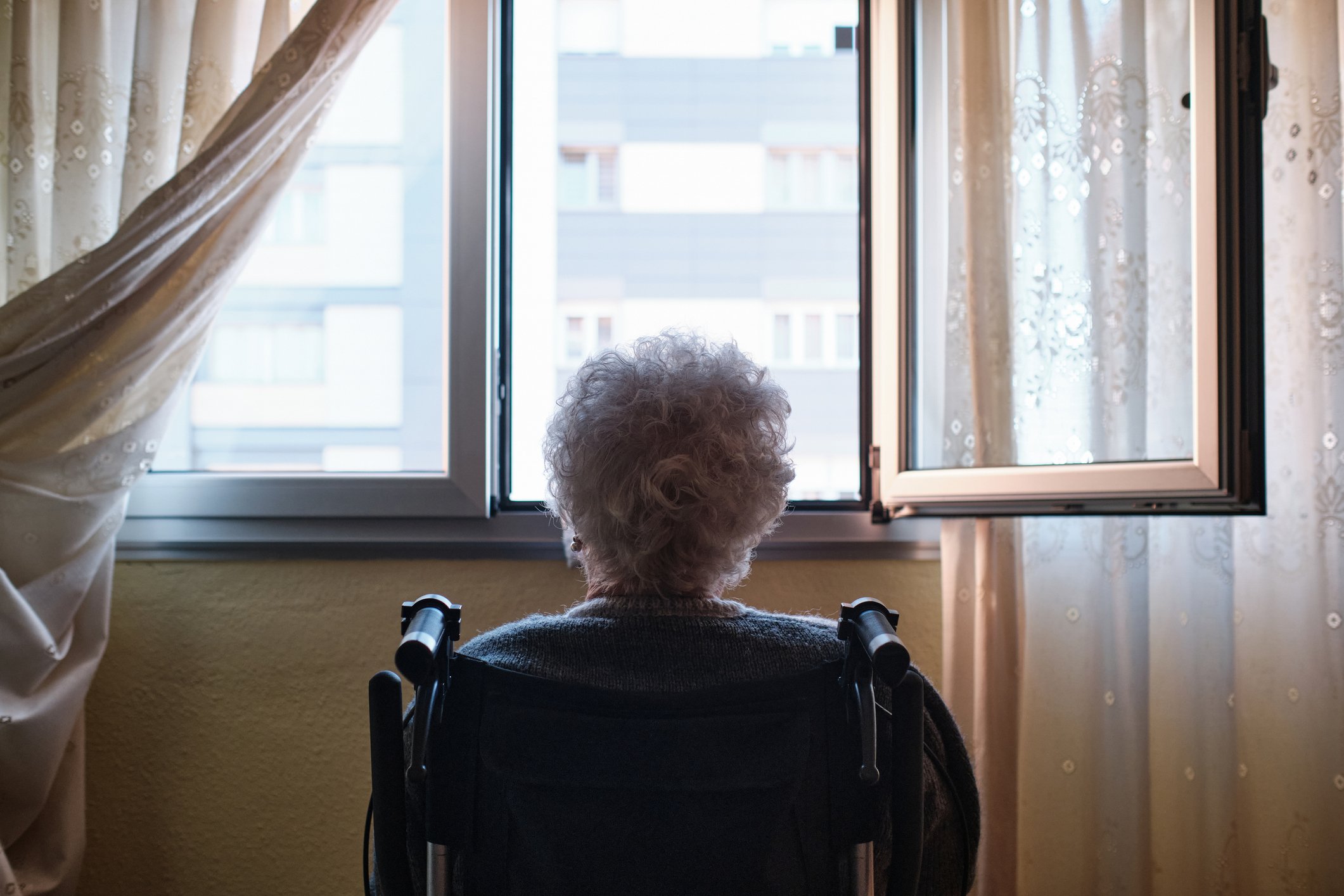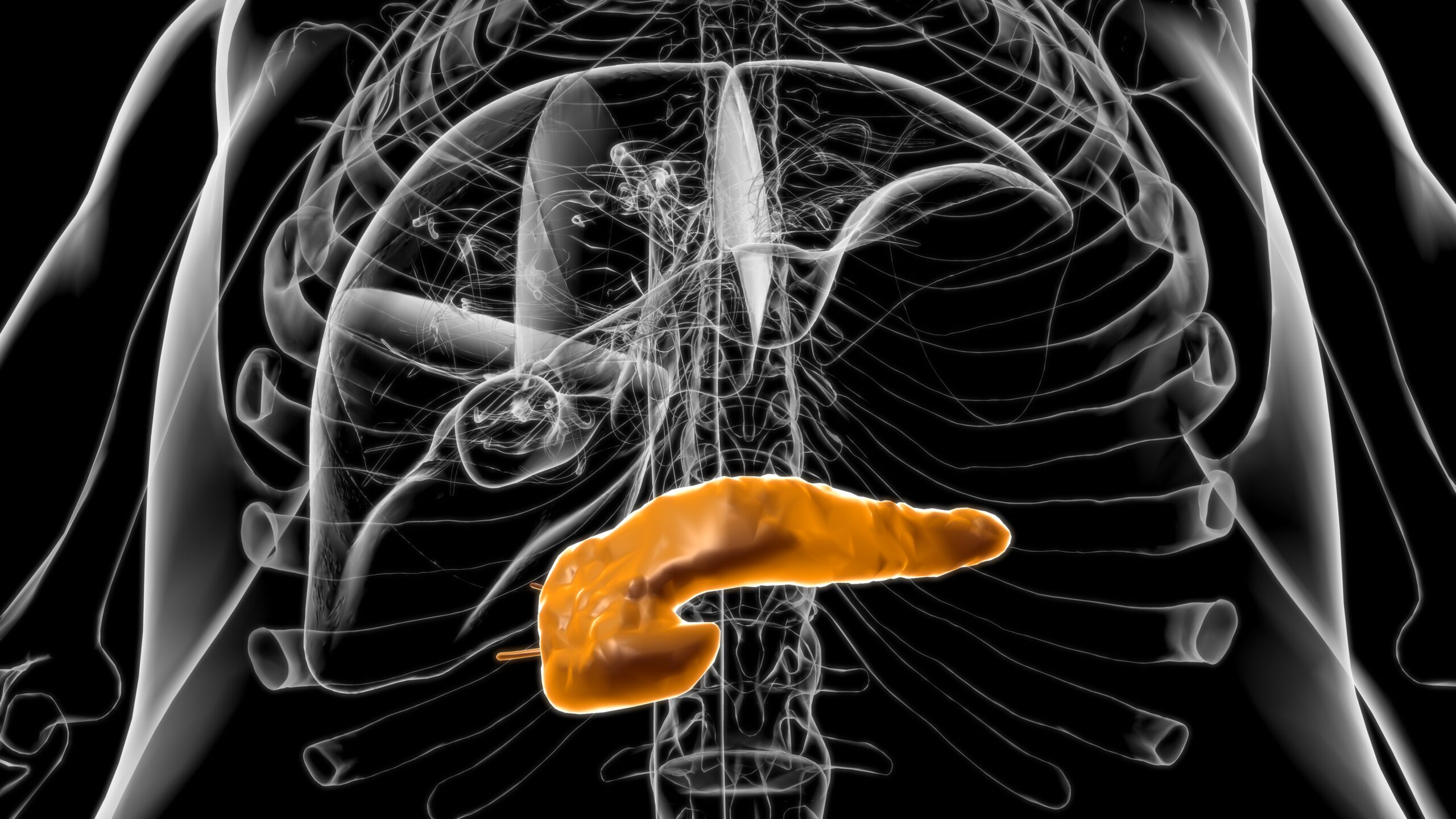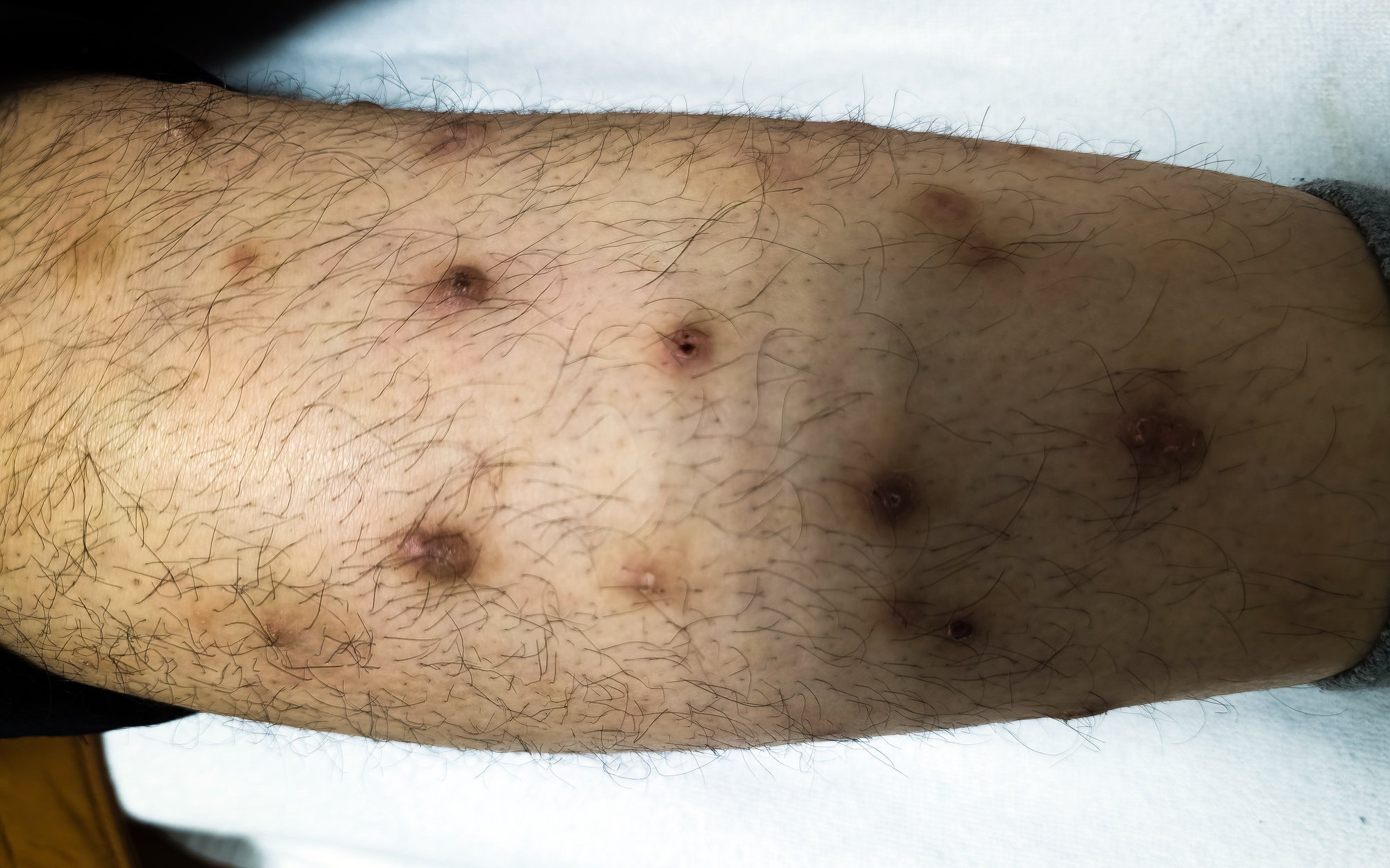If a “harmless pigment disorder” is present, 65% of women nevertheless feel stressed by their pigment spots and wish to have them removed. At the SGDV Congress in Montreux, care products were presented that, thanks to new ingredients, can reduce melanin production and prevent the formation of new pigment spots. In combination with laser treatment, the effect can be increased, and even more stubborn lesions show satisfactory results.
Lentigo senilis, melasma, and postinflammatory hyperpigmentation (PIH) are often a major challenge for dermatologists. Pigment spots disrupt the well-groomed and flawless impression we want to make on others. The desire for even, healthy and youthful looking skin on the face, the backs of the hands, the décolleté or the extensor sides of the forearms without disturbing hyperpigmentation is frequently expressed. Which method is the right one for the pigment disorder in question depends largely on how deep the pigmented cells occur in the skin, explained Bettina Rümmelein, MD, Zurich, at the SGDV Congress in Montreux in the workshop on hyperpigmentation.
The triggers that can stimulate melanocytes to produce massive amounts of melanin or to proliferate by cell division are numerous (Table 1).

Melasma
Melasma, also known as chloasma, is a darkening of the skin or mucous membrane caused by the deposition of melanin. Women are particularly affected. The disease is characterized by variably sized, often bizarrely circumscribed, brownish or grayish pigmented macules without epidermal involvement. It preferably affects the forehead, temples and cheeks and often manifests during pregnancy or when taking oral contraceptives. The appearance clearly depends on the UV intensity: In winter, the skin changes fade and become more prominent in summer. Treatment takes a long time and is often unsatisfactory. At the USZ, fractionated photothermolysis is used as an option when topical therapy fails. Daily, consistent UV protection is absolutely essential, and optimally skin-compatible blockers should be used. A topical preparation containing a combination of 5% hydroquinone, 0.03% vitamin A acid and 0.03% dexamethasone (Pigmanorm® cream) produces good results.
New against age spots
The most common pigmentary shifts are the so-called lentigines solares (“sun spots”) or lentigines seniles (“age spots”). The up to 1 cm large, sharply outlined spots are caused by (too) frequent UV radiation and therefore appear where skin has received too much light over the years.
The new product Eucerin® EVEN BRIGHTER contains a highly effective blocker of melanin production. B-resorcinol blocks the enzyme tyrosinase even at very low concentrations. Glycyrrhetinic acid protects the skin from UV stress and negative environmental influences by accelerating the self-repair mechanism of the skin cell DNA and helping the cells to regenerate better.
Avène’s D-Pigment also contains three complementary new active ingredients to treat and prevent hyperpigmentation on multiple levels: melanyd, an active depigmenting ingredient, inhibits melanin synthesis and prevents tyrosinase activity. Retinaldehyde C.T.® stimulates cell renewal, acts specifically on the metabolism of keratinocytes and provides a new formation of collagen and elastin. Pro-tocopherol, thanks to its strong anti-oxidant effect, prevents free radicals from stimulating melanocytes.
Combination therapy
And the combination of EVEN BRIGHTER with laser therapy (ER:YAG fractionated) can also achieve very satisfactory results in melasma, as Dr. Rümmelein showed at the end of the session on the basis of several cases. Laser application can also achieve good results in postinflammatory hyperpigmentation (PIH). An erbium peel is a safe treatment option for hyperpigmentation due to its low complication rate. The treated skin becomes brighter and more even again, dilated vessels and redness are reduced, the appearance becomes more youthful. An improvement of up to 75% can be achieved in light-aged skin [1]. Actinic keratoses can be regressed. The procedure is very suitable for the age group that usually has relevant photodamage. It can be used on light and dark skin types.
A nonablative 1540 nm fractional erbium laser can safely and effectively treat photoaged skin and actinic keratoses [2]. El-Domyati et al. published their findings on classical ablative laser resurfacing compared to the much gentler repetitive fractional method in 2012. The conclusion: Both methods show comparable results with regard to the formation of new collagen. In the effect on elastic fibers and epidermis, ablative laser is superior [3]. Also published in 2012, the study by Khatri et al. With a relatively short downtime of three to four days, one to two treatments with a fractional erbium laser could result in a 26- to 75-percent improvement in the various signs of photoaging [4].
Source: “Hyperpigmentation,” workshop at the SGDV Annual Meeting, September 19-21, 2013, Montreux.
Literature:
- Rümmelein B: Fractionated laser therapy, erbium peel for photoaged skin. [medicos] 2013; 3.
- Lapidoth M, et al: Treatment of actinic keratoses and photodamage with non-contact fractional 1540-nm laser quasi-ablation: an ex-vivo and clinical evaluation. Lasers Med Sci 2012 Apr 27.
- El-Domyati M, et al: Fractional versus ablative erbium:yttrium-aluminum-garnet laser resurfacing for facial rejuvenation: An objective evaluation. J Am Acad Dermatol 2013; 68: 103-112.
- Khatri KA, et al: High-fluence fractional treatment of photodamaged facial skin using a 2940 nm erbium:yttrium-aluminum-garnet laser. J Cosmet Laser Ther 2012; 14: 260-266.
DERMATOLOGY PRAXIS 2013, No. 5





